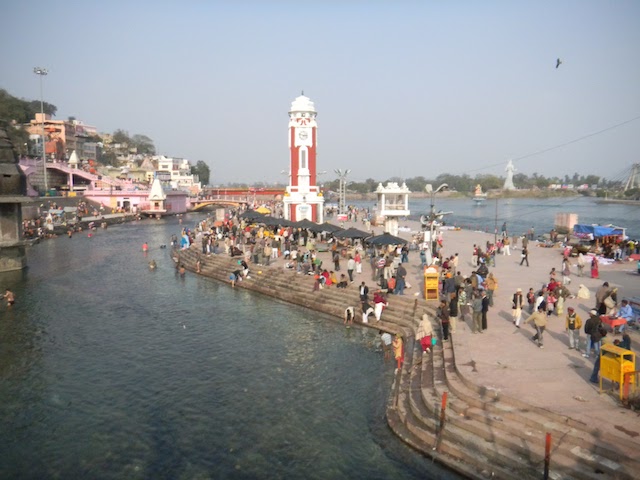New Delhi: The World Bank enhanced its support for the Government of India’s program to rejuvenate the Ganga River with a $400 million operation that will help stem pollution in the river, and strengthen the management of the river basin which is home to more than 500 million people.
The Second National Ganga River Basin Project (SNGRBP), approved by the World Bank’s Board of Executive Directors on June 25th 2020, will support the government’s Namami Gange program and its long-term vision for controlling pollution in the river and restoring its water quality. The World Bank has been supporting the government’s efforts since 2011 through the ongoing National Ganga River Basin Project, which helped set up the National Mission for Clean Ganga (NMCG) as the nodal agency to manage the river, and financed sewage treatment infrastructure in several riverside towns and cities.
“The government’s Namami Gange Program has revitalized India’s efforts to rejuvenating the Ganga,” said Junaid Ahmad, World Bank Country Director in India. “The first World Bank project helped build critical sewage infrastructure in 20 pollution hotspots along the river, and this Project will help scale this up to the tributaries. It will also help government strengthen the institutions needed to manage a river basin as large and complex as the Ganga Basin.”

Ongoing National Ganga River Basin Project
- Helped set up the National Mission for Clean Ganga
- Helping build sewage collection and treatment infrastructure in 20 towns along the mainstem of the Ganga
- 1,275 MLD sewage treatment capacity created
- 3,632 km of sewage network built
- Helped foster public mobilization for Ganga rejuvenation
The Ganga Basin covers a quarter of India’s landmass, and is a critical economic and environmental resource for the country. It provides over one-third of India’s surface water, includes the country’s largest irrigated area and is key to India’s water and food security. Over 40 percent of India’s GDP is generated in the densely populated basin. But the Ganga river is today is facing pressures from human and economic activity that impact its water quality and flows.
“The Project will help expand the coverage of sewage treatment infrastructure to more towns in the Ganga Basin, and focus on making sure that these assets are operated and maintained efficiently in the long term,” said Xavier Chauvot de Beauchene, Lead Water & Sanitation Specialist and Upneet Singh, Water & Sanitation Specialist, both co-task team leaders (TTL) for the SNGRBP. “The Project will also help NMCG develop state-of-the-art tools to help manage the river basin more effectively.”
Over 80 percent of the pollution load in the Ganga comes from untreated domestic wastewater from towns and cities along the river and its tributaries. The SNGRBP will finance sewage networks and treatment plants in select urban areas to help control pollution discharges. These infrastructure investments and the jobs they will generate will also help India’s economic recovery from the COVID-19 crisis.
To ensure that these infrastructure assets function effectively and are well maintained, the Project will build on the innovative Hybrid Annuity Model (HAM) of public private partnership introduced under the ongoing NGRBP, and which has become the solution of choice for sewage treatment investments in the Ganga Basin. Under this model, the government pays a private operator 40 percent of the capital cost to build a sewage treatment plant during the construction period; the remaining 60 percent is paid as performance-linked payments over 15 years to ensure that the operator runs and maintains the plant efficiently.
The Project also provides up to $19 million of IBRD Payment Guarantees to backstop the government’s payment obligations for three HAM-PPP investments on the Ganga’s tributaries. “This is the first-ever IBRD Guarantee for wastewater treatment and the first IBRD Guarantee in the water sector in India, and is expected to help free up public resources in the current economic situation,” said Satheesh Sundararajan, Senior Infrastructure Financing Specialist and co-TTL for the Guarantee.
The Second National Ganga River Basin Project comprises a loan in the amount of $381 million and a proposed Guarantee in the amount of up to $19 million. The variable spread loan has a maturity of 18.5 years including a grace period of 5 years. The Guarantee Expiry Date will be 18 years from the Guarantee Effectiveness Date.
The opinions, beliefs and viewpoints expressed by authors, news service providers on this page do not necessarily reflect the opinions, beliefs and viewpoints of Hill Post. Any views or opinions are not intended to malign any religion, ethnic group, club, organization, company, or individual.
Hill Post makes no representations as to the accuracy or completeness of any information on this site page.



